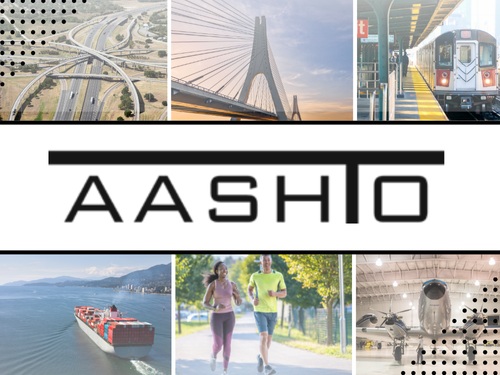The American Association of State Highway and Transportation Officials joined eight other organizations as signatories to a letter sent on December 20 to Congressional committee leaders that seeks the allowance of federal funding for automated speed enforcement of work zones.
[Above photo by the Virginia DOT.]
Most work zone fatalities and injuries can be attributed to speeding, the letter argued, noting that in 2017 nearly 800 people were killed and 38,900 injured in work zone-related vehicle crashes.

“Speed zone enforcement in work zones is effective at reducing speed, but when carried out by a law enforcement officer, that person is placed at risk, too,” the letter – authored by the National Safety Council – argued.
The use of automated enforcement systems in work zones can reduce speeding and by extension the crashes, fatalities, and injuries it causes – noting that Maryland witnessed an 80 percent reduction in work zone speeding violations and a nearly 50 percent reduction in work zone fatalities by deploying automated enforcement technology.
[The Virginia Department of Transportation put together a video a year ago to illustrate the dangers posed by speeding in work zones to highway workers and motorists alike.]
Yet the letter noted that some states lack resources to implement such technology; a problem that would be solved if federal funds could be used to implement it.
“We hope you will support states that want to use this technology to protect workers and law enforcement officers by allowing federal funds to be used for automated enforcement in work zones,” the letter said.

Currently, no highway safety improvement program or HSIP funds may be used for automated enforcement activity, according to federal statute, as section 1401 of the Fixing America’s Surface Transportation or FAST Act states: “HSIP funds may not be used for any program to purchase, operate, or maintain an automated traffic enforcement system; i.e., any camera that captures an image of a vehicle for the purposes of traffic law enforcement.”
Section 402 grants provided by the National Highway Safety Traffic Administration also cannot be used for automated enforcement purposes: “No 402 funds can be spent on the implementation of automated enforcement programs,” according to that statute.



